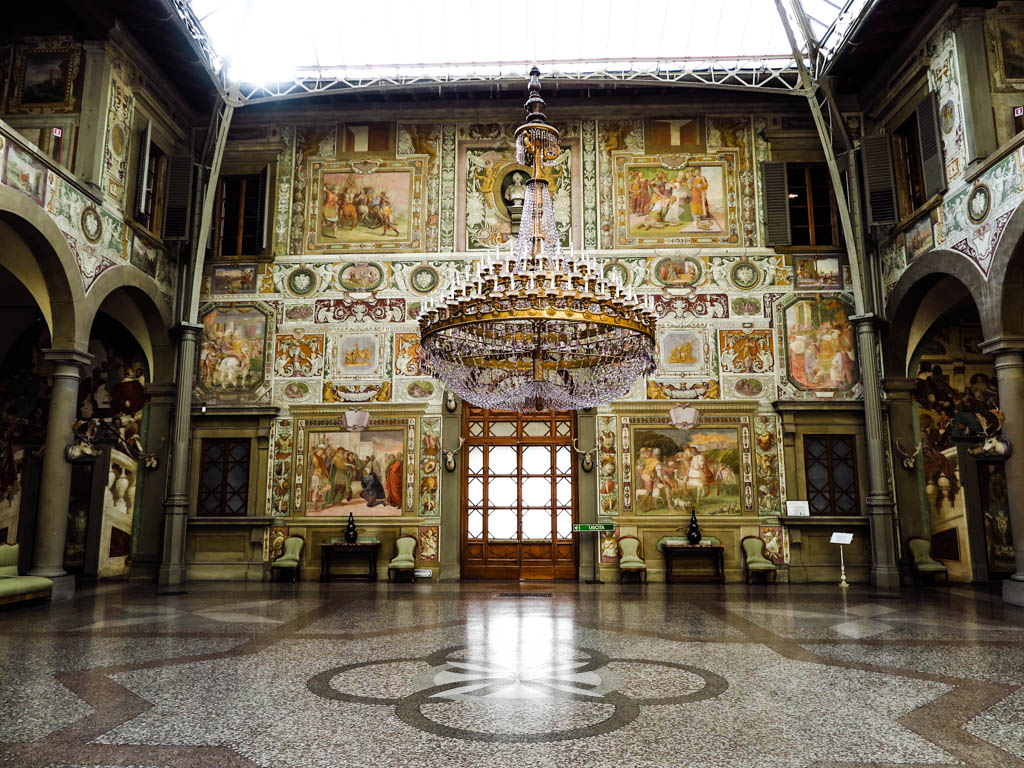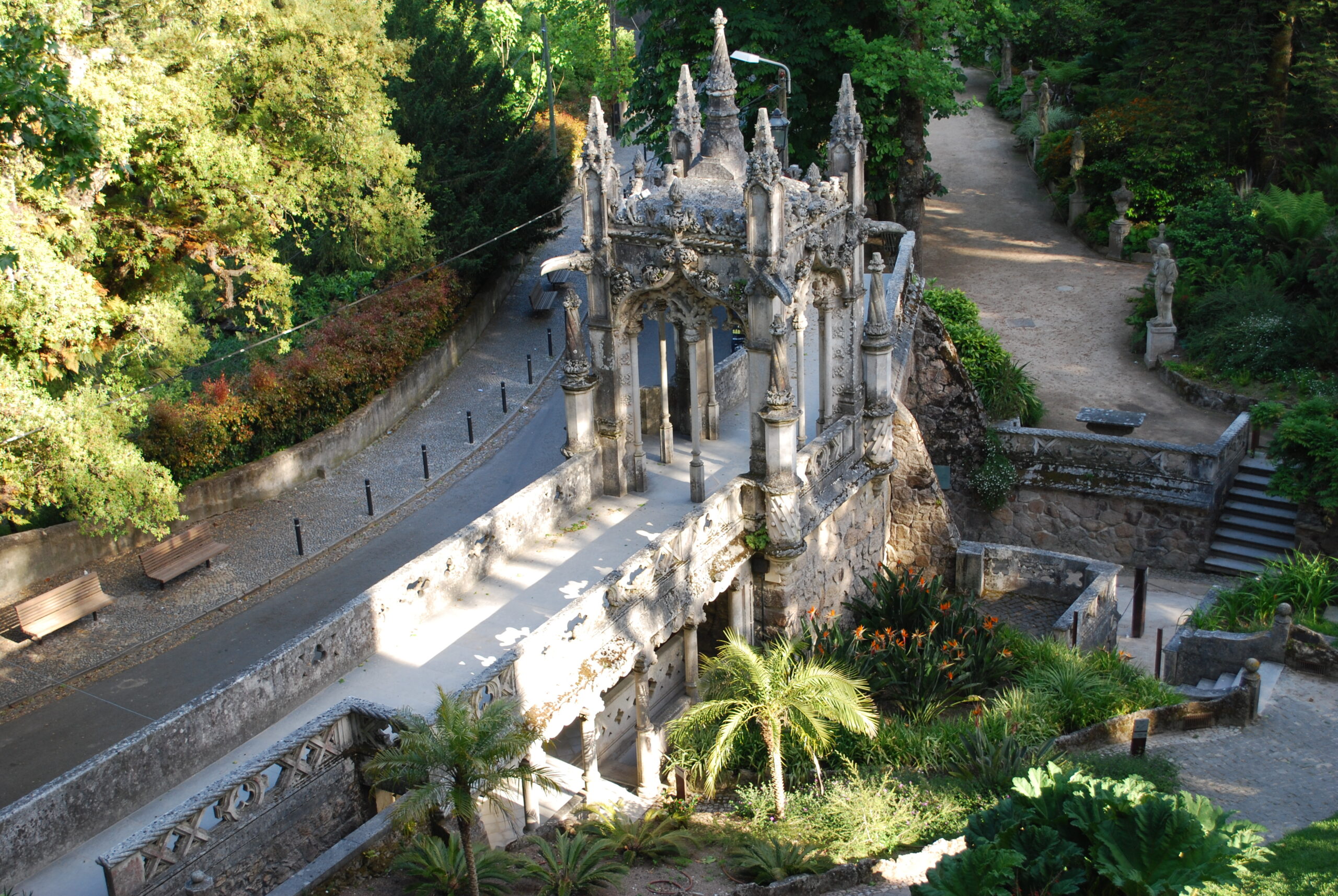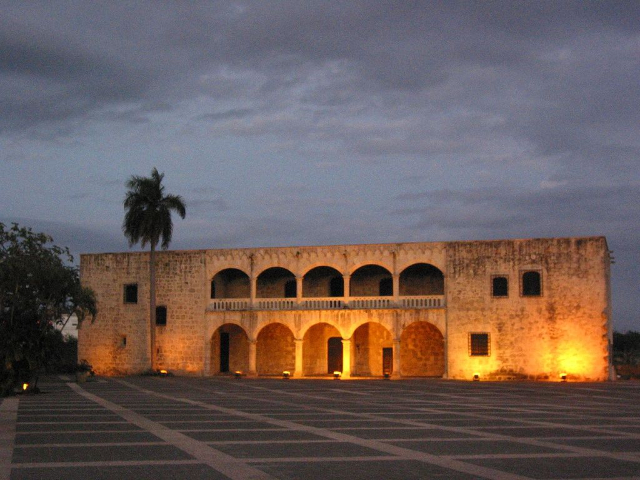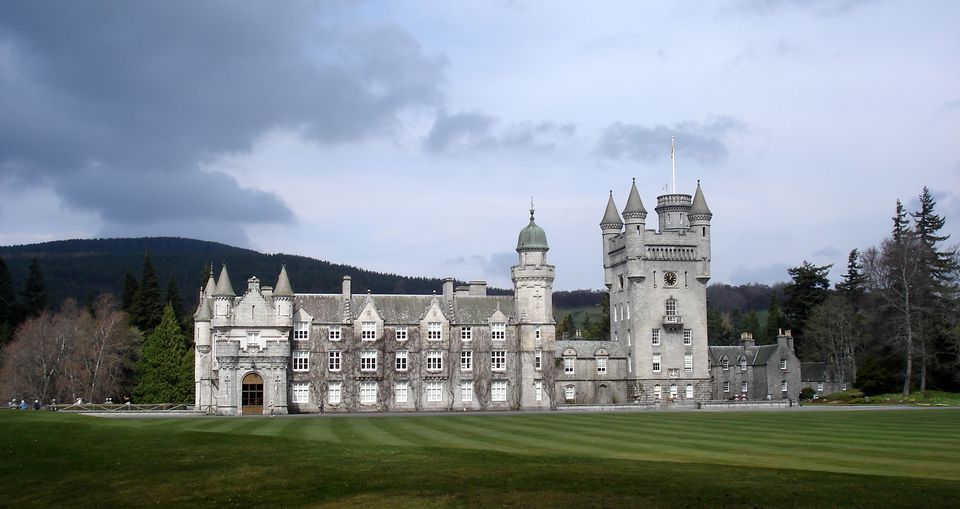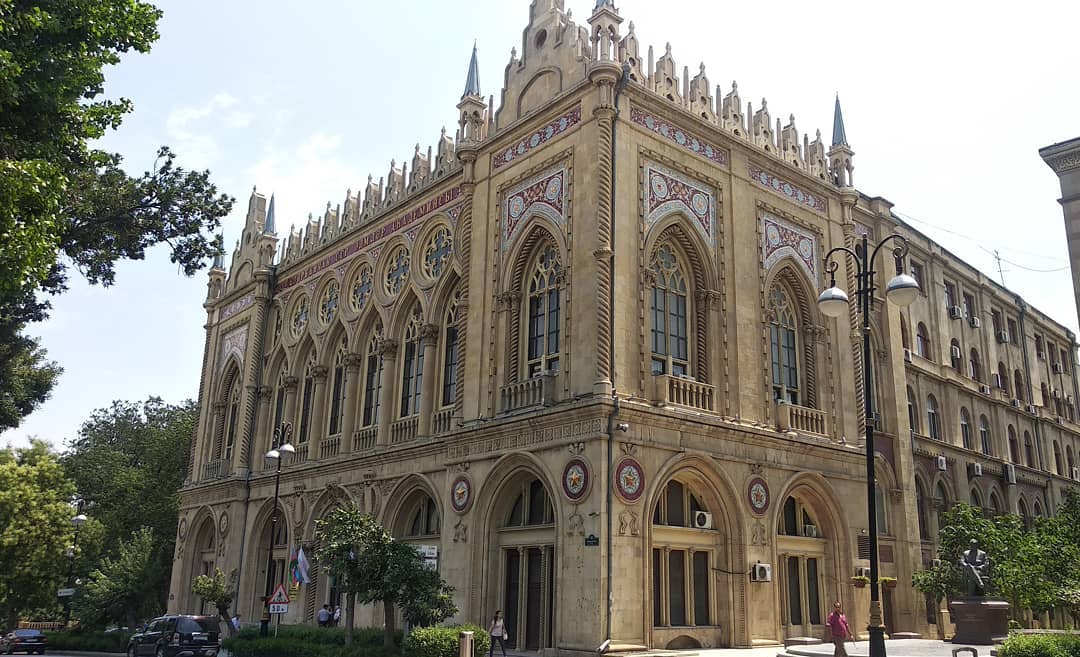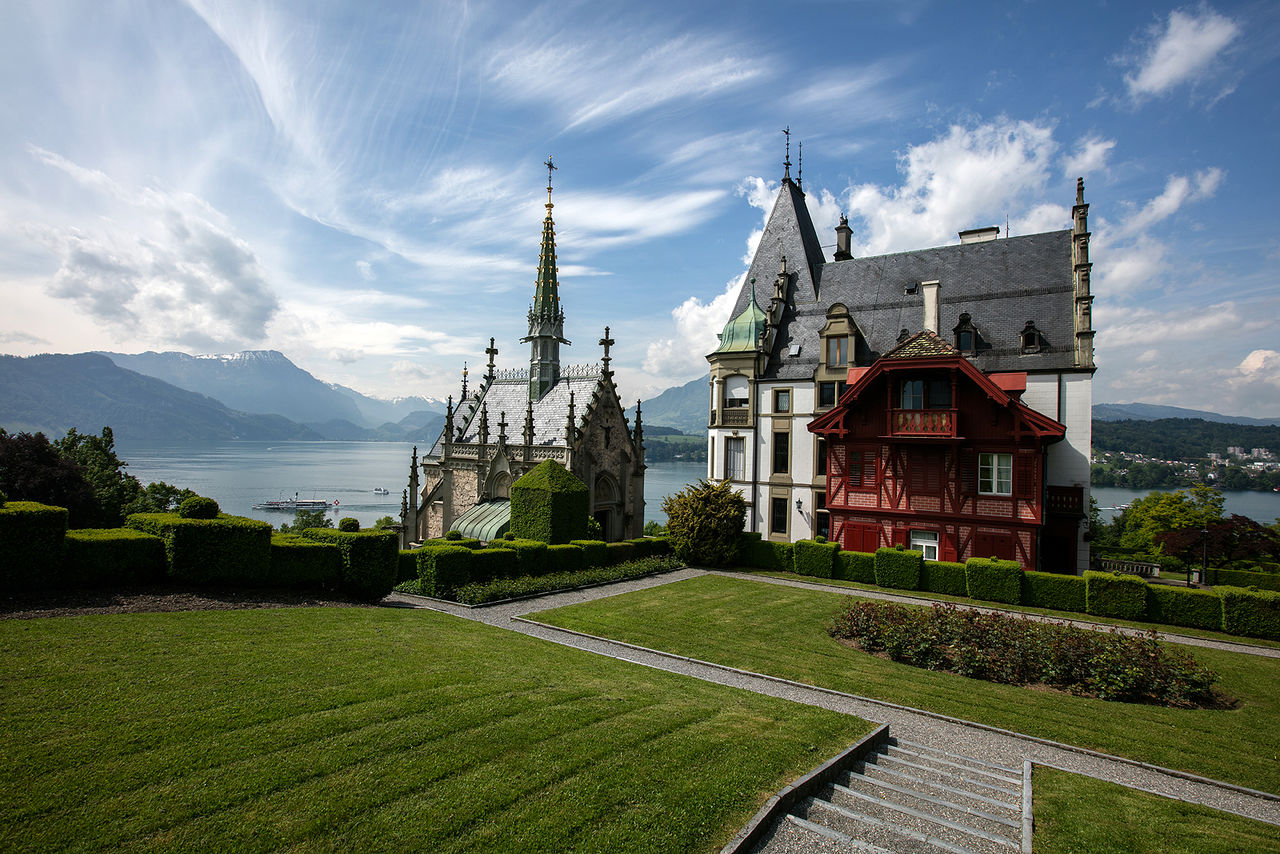The Villa della Petraia is an evocative Medici building located on a panoramic terrace at the gates of Florence in the small hamlet of Castello. The Petraia is one of the most fascinating Medici villas for the happy location in the landscape, for the excellence of the pictorial decorations, for the lush nature of the park.
Declared a UNESCO World Heritage Site in 2013, a few kilometers from Florence is the typical suburban residence, a refuge for the grand dukes of the Medici family from the hardships of the city.
An ancient fortified building, of which the large tower still remains, was enlarged towards the end of the sixteenth century to create the current villa and the surrounding land was excavated to frame the beautiful terraced garden.
The courtyard of the villa, covered in the nineteenth century, is decorated with frescoes by Volterrano and Cosimo Daddi. The famous bronze sculpture by Giambologna depicting Venus-Fiorenza, which completed the homonymous fountain once placed in the garden of the villa of Castello, is now placed inside to ensure its preservation.The palace instead, always used as a residence has hosted illustrious figures such as Medici (Don Lorenzo, Cosimo III), Lorraine (Leopold II) and the Italian royal family of Savoy (Vittorio Emanuele II, his wife Rosa Vercelliana). The latter intervened on the building, furnishing it with valuable furniture and finishings, and also took care of the works for the covering of the beautiful central courtyard. The pivot of the structure, this splendid "ballroom" boasts a series of frescoes by Cosimo Gaddi dating back to the Lorraine and Volterrano periods, which, commissioned by Don Lorenzo, reproduced the deeds of the Medici family. The remaining rooms, although differing in size and furnishings, during the visit reserved me pleasant surprises. The music room for example, equipped with a precious harmonium piano built in Naples in 1868, whose walls enriched with tapestries frame a French bronze clock that marks the time since far-off 1770.
A special mention goes to the large dining room (red room) where there are also beautiful Flemish tapestries of the seventeenth century, many rooms to discover furnished with precious furniture of the Savoy era.
